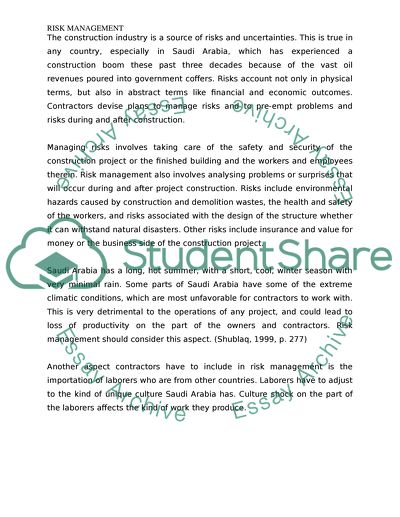Cite this document
(“Assessment of Risk Management Perceptions and Practices of Dissertation”, n.d.)
Retrieved from https://studentshare.org/gender-sexual-studies/1405710-assessment-of-risk-management-perceptions-and
Retrieved from https://studentshare.org/gender-sexual-studies/1405710-assessment-of-risk-management-perceptions-and
(Assessment of Risk Management Perceptions and Practices of Dissertation)
https://studentshare.org/gender-sexual-studies/1405710-assessment-of-risk-management-perceptions-and.
https://studentshare.org/gender-sexual-studies/1405710-assessment-of-risk-management-perceptions-and.
“Assessment of Risk Management Perceptions and Practices of Dissertation”, n.d. https://studentshare.org/gender-sexual-studies/1405710-assessment-of-risk-management-perceptions-and.


